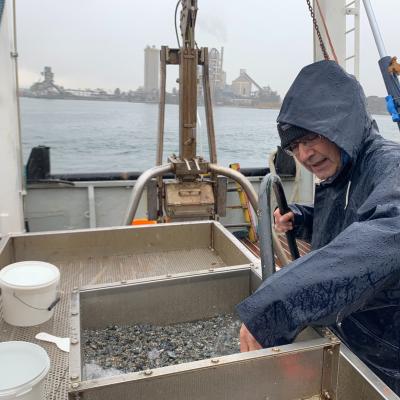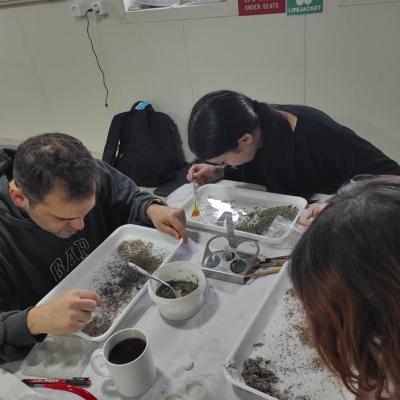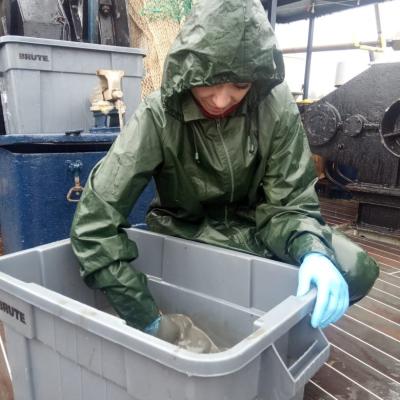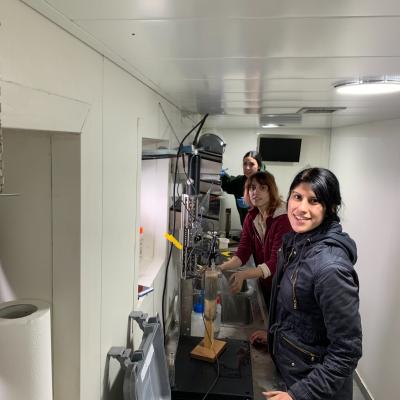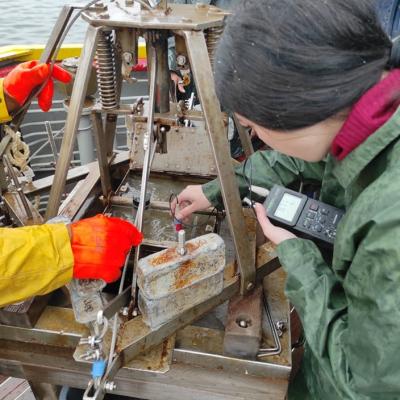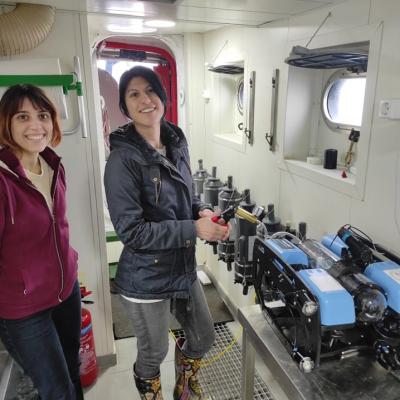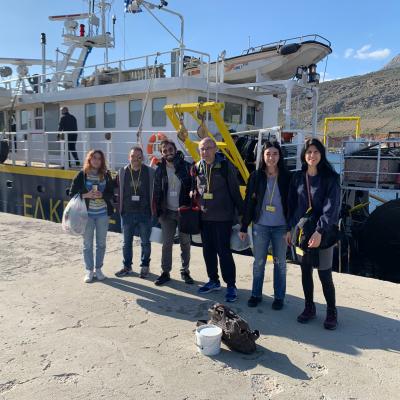Proposal 5: BENTHERM
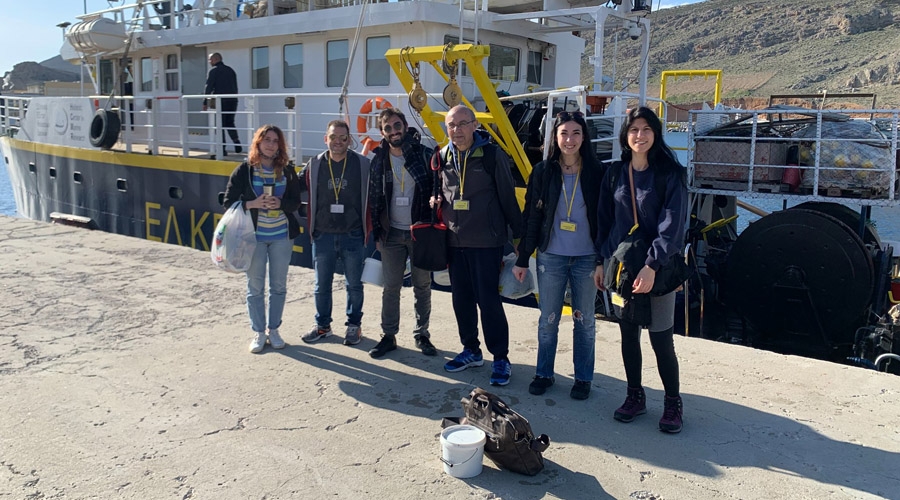
Response of benthic communities to thermal disturbance
When: February - March 2022
Where: Gulf of Heraklion, Atherinolakkos gulf, Saronikos gulf, Elefsina gulf (Aspropyros area)
What: Sediment sampling for macrofauna and environmental variables
Who: Marine Ecology Laboratory, Department of Biology, University of Crete
The rapid response of benthic macroinvertebrates to changes in environmental conditions, temperature being one of them, has led to several studies examining the community structure and diversity affected by those changes. Survey data over the past century suggest that there have been significant local changes in the distribution of intertidal organisms when sea temperatures have risen by as much as 1º C. Climate warming, over decades, has been suggested to modify the composition of resident organisms by promoting the spread of species from warm temperature areas. The findings of the BENTHERM study will be used to assess the effects of thermal wastes on benthic communities. Furthermore, they will provide helpful information for monitoring marine ecosystems in view of the upcoming changes due to global warming. They will also result in a better understanding of the effects of climate change in coastal ecosystems, especially considering the oligotrophic conditions of the eastern Mediterranean, as well as the establishment of invasive species in new areas.
The rapid response of benthic macroinvertebrates to changes in environmental conditions, temperature being one of them, has led to several studies examining the community structure and diversity affected by those changes. Survey data over the past century suggest that there have been significant local changes in the distribution of intertidal organisms when sea temperatures have risen by as much as 1º C. Climate warming, over decades, has been suggested to modify the composition of resident organisms by promoting the spread of species from warm temperature areas. The findings of the BENTHERM study will be used to assess the effects of thermal wastes on benthic communities. Furthermore, they will provide helpful information for monitoring marine ecosystems in view of the upcoming changes due to global warming. They will also result in a better understanding of the effects of climate change in coastal ecosystems, especially considering the oligotrophic conditions of the eastern Mediterranean, as well as the establishment of invasive species in new areas.
As a method of simulating scenarios of climate change, four areas were chosen, in which warm water discharge points are located at. The warm water is used as a means of cooling heat exchangers of thermoelectric factories or industries and in the end emerges from pipelines and disperses to the sea. The temperature of the emerging water is reasonably higher than that of the sea and as it disperses it creates a zone of increased temperature which gradually decreases around the discharge point or pipeline. Due to the steady and long-term water flow it is possible that the benthic community inhabiting the surrounding area has developed certain adaptations (morphological, physiological or biological), in order to survive in those conditions. In total, four locations were sampled with known hot water pipelines in February - March, 2022: In Crete at two thermoelectric power plants at Ammoudara Beach and Atherinolakkos, as well as two different locations with oil companies, Oil Company 1 (OC1) and Oil company 2 (OC2) in Saronikos gulf and Aspropyrgos.
The sampling took place with the research vessel “Philia”. First, a vertical temperature profile of the sampling stations was obtained using a CTD profiler. Secondly, a video recording from the sediment at each location was recorded with an underwater ROV, which possesses a real-time temperature monitoring sensor. From each sampling station three replicated sediment samples were collected for the determination of the benthic community structure and to measure sediment environmental parameters, using a Smith-McIntyre grab sampler (0.1m2). From each sample a sediment corer was collected and used for measuring temperature (T), redox potential (Eh) and hydrogen sulfide (H2S) by means of a UNISENSE© Field-Microprofiler, every 1 cm of the top 5 cm of the sediment. Using a second corer other sediment variables such as granulometry and organic matter content (using the Loss of Ignition protocol were also determined. The rest of the sample was sieved consecutively over a 1mm and a 0.5mm sieve, the retained material was collected, fixed with Formalin and stored for macrofaunal sorting and taxonomic identification. Laboratory analysis are still in progress an will be completed in summer 2022.



